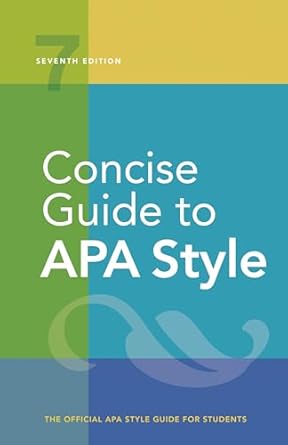[toc]
statistical abbreviations a quick reference guide
Concise Guide to APA Style: 7th Edition (OFFICIAL)
Page 150 Review
Understanding Statistics: A Deep Dive into Statistical Abbreviations and Symbols
Statistics, the cornerstone of data analysis, often appears daunting due to its intricate terminology and symbols.
Table 6.1, titled “Statistical Abbreviations and Symbols,” offers a crucial key to unlocking this complexity.
Let’s dissect some of its key entries:
Delving into Key Abbreviations
The table begins with “HSD,” representing “Tukey’s honestly significant difference.” This is a post-hoc test used in ANOVA to determine which group means are significantly different from each other after a significant ANOVA result.
It controls for the familywise error rate, making it more stringent than simply performing multiple t-tests.
Next, “LL” stands for “lower limit (as of a CI).” This indicates the bottom boundary of a confidence interval, providing a range within which the true population parameter is likely to fall.
“LR” refers to the “likelihood ratio.” This is a statistical test used to compare the fit of two statistical models.
It assesses how much more likely the data are under one model compared to another.
Mean, Variance, and Beyond
“M (or x)” denotes the “sample mean; arithmetic average.” This is the sum of all observations divided by the number of observations, a fundamental measure of central tendency.
“MANOVA” represents “multivariate analysis of variance,” an extension of ANOVA to situations with multiple dependent variables.
It allows researchers to assess the effect of one or more independent variables on a set of related dependent variables.
Closely related is “MANCOVA,” short for “multivariate analysis of covariance.” This is similar to MANOVA but includes one or more covariates, variables that are related to the dependent variables but not of primary interest.
The “Mdn” stands for “median.” This is the middle value in a sorted dataset, another measure of central tendency that is less sensitive to outliers than the mean.
“MLM” signifies “multilevel modelling,” a statistical technique used to analyze data with a hierarchical structure, such as students nested within classrooms.
Also known as hierarchical linear modeling.
Understanding Error and Significance
“Mean Square” and “Mean Square Error” are important concepts in ANOVA.
Mean square refers to a type of average squared deviation.
Mean square error represents the average squared difference between the predicted values and the actual values, serving as a measure of the model’s prediction accuracy.
“n” represents “number of cases (generally in a subsample),” while “N” represents “total number of cases.” Understanding the sample size is crucial for interpreting statistical results.
“ns” signifies “not statistically significant.” This indicates that the observed results are not likely due to a real effect but rather due to chance.
Ratios, Probabilities, and Correlations
The “odds ratio” measures the association between an exposure and an outcome.
It represents the odds of the outcome occurring in the exposed group compared to the odds of it occurring in the unexposed group.
“p” signifies “probability; probability of a success in a binary trial.” This represents the likelihood of a particular event occurring.
“r” is the “estimate of the Pearson product-moment correlation coefficient.” This measures the linear association between two continuous variables, ranging from -1 to +1.
“r2” is the “coefficient of determination; measure of strength of relationship; estimate of the Pearson product-moment correlation squared.” It represents the proportion of variance in one variable that is explained by the other variable.
The “Spearman rank-order correlation” measures the monotonic relationship between two variables, not necessarily linear, assessing the strength and direction of association between ranked data.
“Multiple correlation” describes the strength of association between one variable and several other variables.
“Multiple correlation squared; measure of strength of association” describes the proportion of variance in a single dependent variable explained by multiple predictor variables working together.
Deviation, Error, and Models
“SD” stands for “standard deviation,” a measure of the spread of data around the mean.
“SE” represents “standard error,” an estimate of the standard deviation of a statistic.
“SEM” stands for “standard error of measurement; standard error of the mean.” It reflects the precision of an individual score or the mean of a sample.
“Structural equation model(ing)” allows testing complex relationships between multiple variables, typically involving hypothesized causal paths.
Sums, Distributions, and Limits
“Sum of squares” a measure of the total variability in a data set.
“Student’s t distribution; a statistical test based on the Student t distribution; the sample value of the t-test statistic” is used for hypothesis testing when the population standard deviation is unknown.
“UL” stands for “upper limit (as of a CI),” defining the top boundary of a confidence interval.
“z” represents “a standardized score; the value of a statistic divided by its standard error.” This allows comparison of scores from different distributions.
Buy full ebook for only $18: https://www.lulu.com/shop/american-psychological-association/concise-guide-to-apa-style-7th-edition-official/ebook/product-rmzpq54.html?page=1&pageSize=4
Statistical Abbreviations A Quick Reference Guide
Read more: Inclusive Language Guide: Reducing Bias in Writing


Leave a Reply